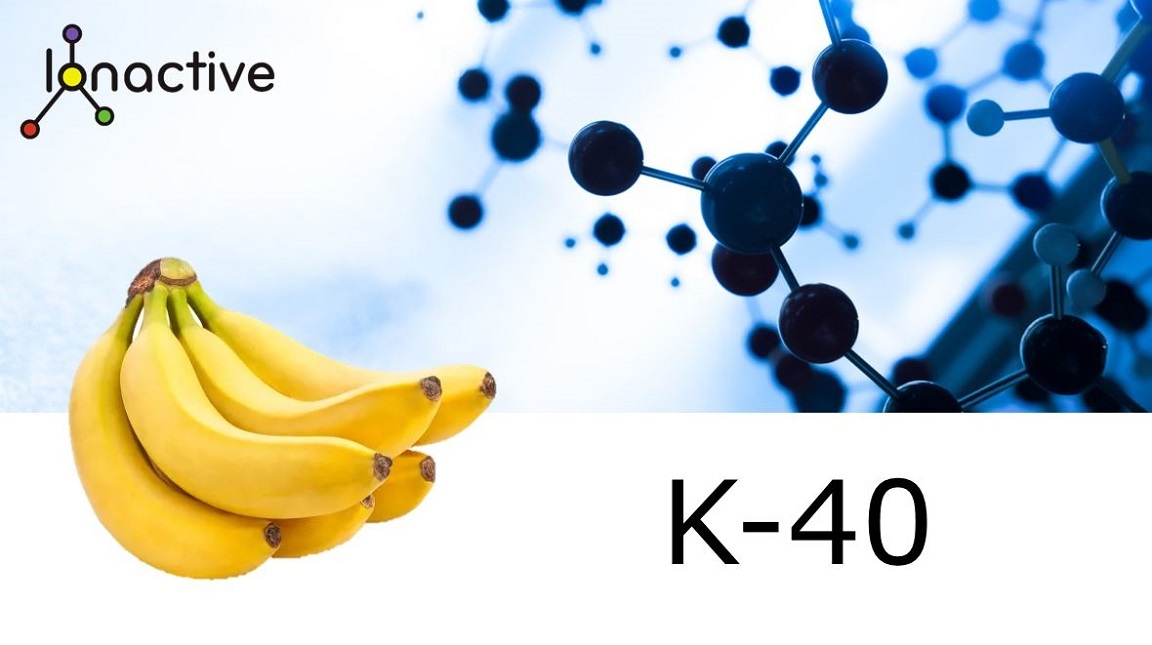Radioactive bananas (Banana equivalent dose)
Published: Sep 29, 2021
A slight hesitation before deciding to include this as a radiation safety rule of thumb. Given this resource is supposed to be a set of broadly accurate guides, principles or tips, the banana equivalent dose (BED) is somewhat flawed in this respect. However, its so useful in communicating radiation risk (it’s a risk comparator) that we feel it should be included. First let us define the BED rule of thumb.
Eating a single banana will deliver a radiation committed effective dose of 0.1 micro Sv.

We are not about to debate the size of the banana and therefore the dose delivered, it’s a ballpark figure. The radiation dose is based on the activity of naturally occurring K-40 (radioactive potassium) contained in an average sized banana as a component of the total elemental potassium. Analysis has shown that an average banana might contain about 15 Bq of K-40. ICRP 119 reveals that the committed dose from ingestion is 6.2 * 10-9 Sv/Bq. If you stick these into a calculator you will see that the committed dose is 0.093 micro Sv, and this is then rounded to 0.1 micro Sv. The banana will also contain radioactive C-14 but the dose delivered is tiny compared to that delivered by the K-40.
As noted earlier, the BED can be used as a radiation risk comparator – with some caution. For example, some years ago a number of security equipment providers were trying to reassure the industry (and public) that x-ray back scatter screening of passengers was ‘safe’. It so happens that the dose delivered per screening procedure was no greater than 0.1 micro Sv effective dose (hence a BED). Not for analysis in this page, the EU decided to ban the use of such equipment in Europe despite the apparent negligible risk.
The problem with banana equivalent dose
If you are using the BED for training or reassurance you are unlikely to bring up the matters which we now discuss. The BED is a neat risk comparator and will do the job. However, if you are using BED you need to be aware of its pitfalls. Put simply, the BED does not deliver a committed effective dose at all! The radiation dose from eating a banana is not cumulative since the body regulates potassium (and therefore K-40) by a process called homeostasis (the way in which the body regulates chemicals within pre-set limits). So once the banana is consumed it is true that the K-40 will be contributing a radiation dose, however the body will also be excreting potassium (including K-40) at the same rate as the intake. However, as long as this is understood it is still reasonable to use BED as a way of illustrating magnitudes of radiation and associated risks - for low level exposure to ionising radiation.
